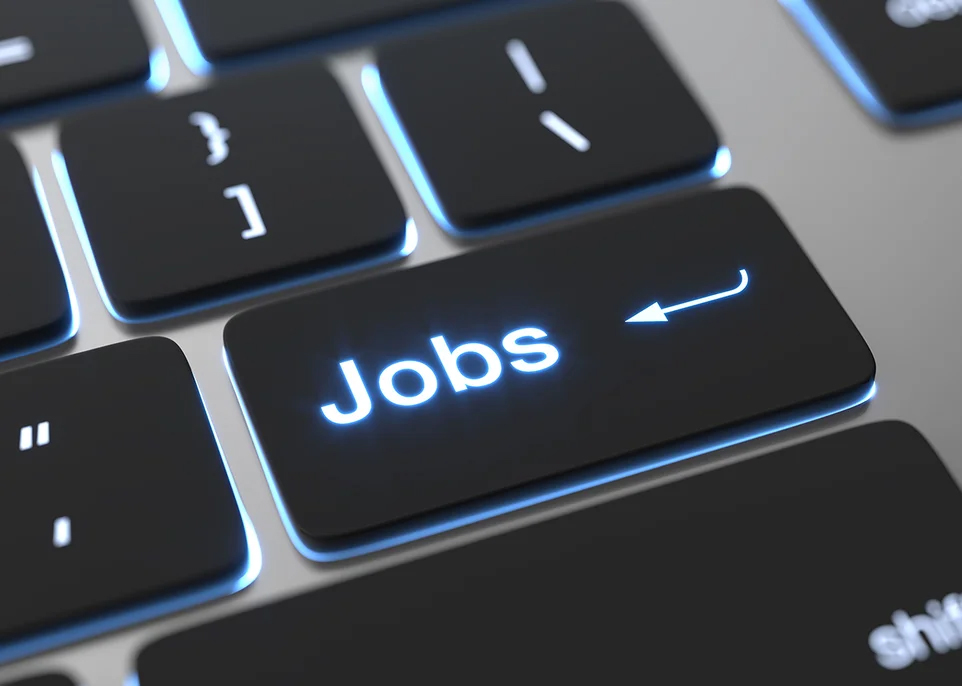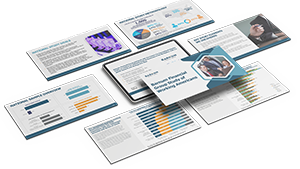
We have never seen so many “we’re hiring” signs in store and restaurant windows. If you’re looking for a job, your timing is excellent. “Now that the ‘storm’ is over, people are digging out and making changes,” says Michelle Hite, vice president in charge of HR at Barnum Financial Group.
Booming Job Market
Job openings boomed in April and total non-farm payroll employment rose by 850,000 in June, with unemployment holding steady at 5.9%, according to a report from the Bureau of Labor Statistics. This June number is extremely welcoming considering that the two prior months, especially April, were disappointing.
While companies and industries are poised for a major recovery, many have already found that storms have crosscurrents. HR Magazine calls it “The Turnover Tsunami.” Job seekers are feeling more confident about the economic recovery – so confident that 942,000 quit or voluntarily left their jobs in June.
Even prior to the June report, JP Morgan Economist Daniel Silver noted that “Firms are having a hard time filling positions” and will probably have to increase compensation. On the flip side, workers are finding more desirable jobs or are at least more confident they can find a better job.
Job Search Questions
Does money matter in the job search? Of course. A survey by Achievers Workforce Institute said 36% of employees thinking of leaving cited money as the main reason. However, 25% reported that better work-life balance was the key driver, and 23% said that was the main reason for staying with their company, followed by 21% who cited “recognition for their work.”
We all welcome June’s booming job market, but a debate persists about the 9.5 million people who are still unemployed despite some 9.2 million job openings. The ultimate goal is to get all eligible people back to work, not only for their own benefit but for the U.S. economy as a whole. Since the start of the year, there have been debates on the large number of people not looking for employment. One school blames overly generous unemployment compensation, currently $300 weekly in extra aid, enough to exceed the normal pay of lower wage workers, according to David Grasso and Hannah Buczek writing in The Hill.
Wages
Of course, many people and families are in a position where they need unemployment compensation and may not be able to go back to work until school opens, for example, and their children have some place to go. Or, their former employer who was nearby has gone out of business.
Another point often made is that wages are still low for many positions. Recently, New York City health care workers were honored with a ticker tape parade for their courageous contribution in the midst of the pandemic. The yearly salary for many is $35,000 annually in a very expensive city.
Labor Force
We all have participated in and witnessed an economy which has gone through a devastating contraction and now is climbing out of it. Rebuilding the labor force and allowing businesses to move ahead is not a plug and play operation. Julia Pollak, an economist at Zip Recruiter, sums it up rather neatly in a recent Wall Street Journal article: “The labor market is a matching market where you need to choose something and be chosen by it. This is not a market for shoes and pizzas. It is a very complicated market.”
According to the WSJ article, a recent ZipRecruiter survey found 70% of job seekers who last worked in the leisure and hospitality industry say they are now looking for work in a different industry. In addition, 55% of job applicants want remote jobs. Additionally, an April survey of U.S. workers who lost their jobs in the pandemic, conducted by the Federal Reserve Bank of Dallas, found that 30.9% didn’t want to return to their old jobs, up from 19.8% last July.
Economists call the phenomenon that’s slowing the job market recovery “A Mismatch.” But Americans do value work and success. Hopefully, in time, many of the mismatches will find their matches.




